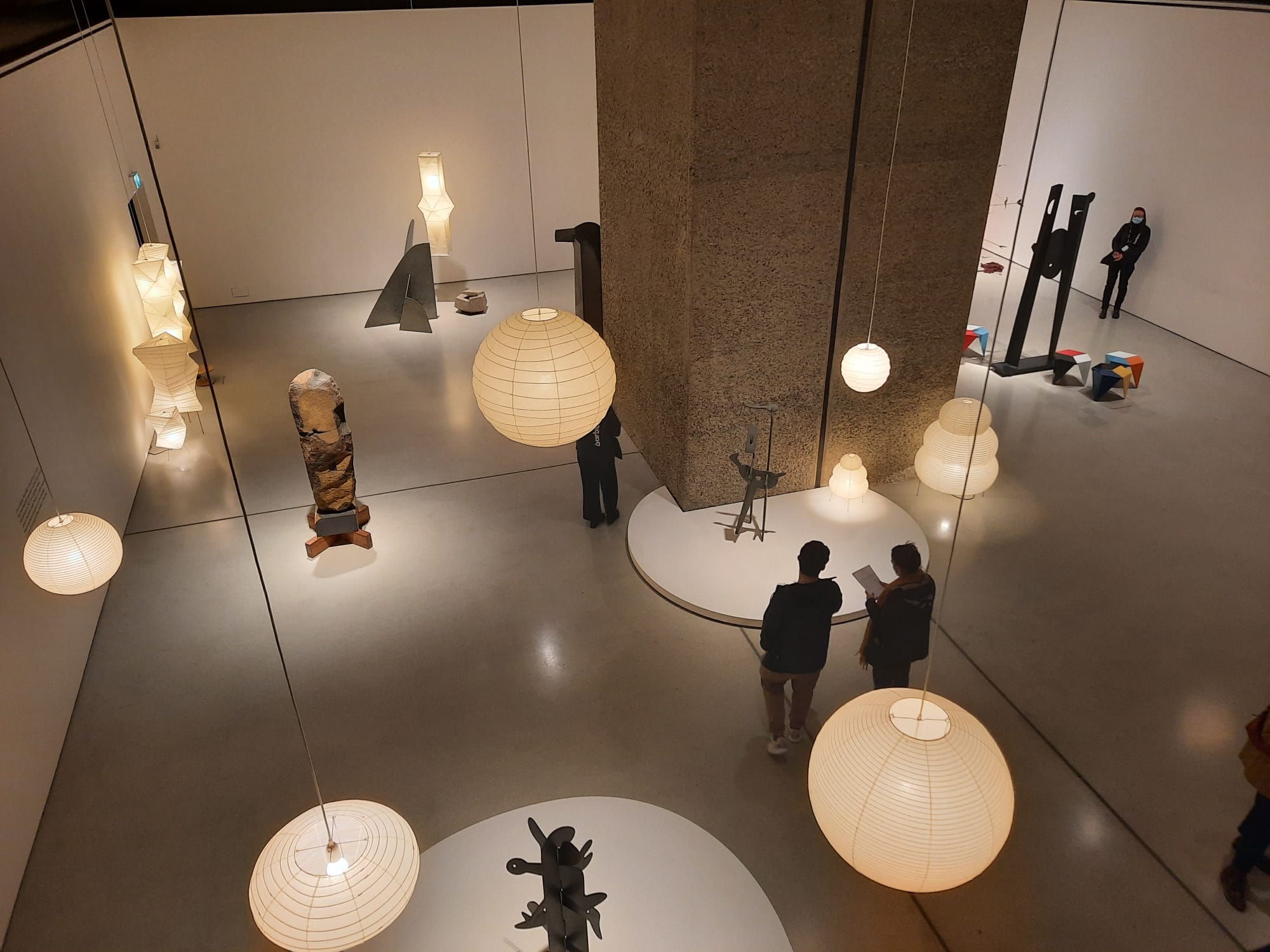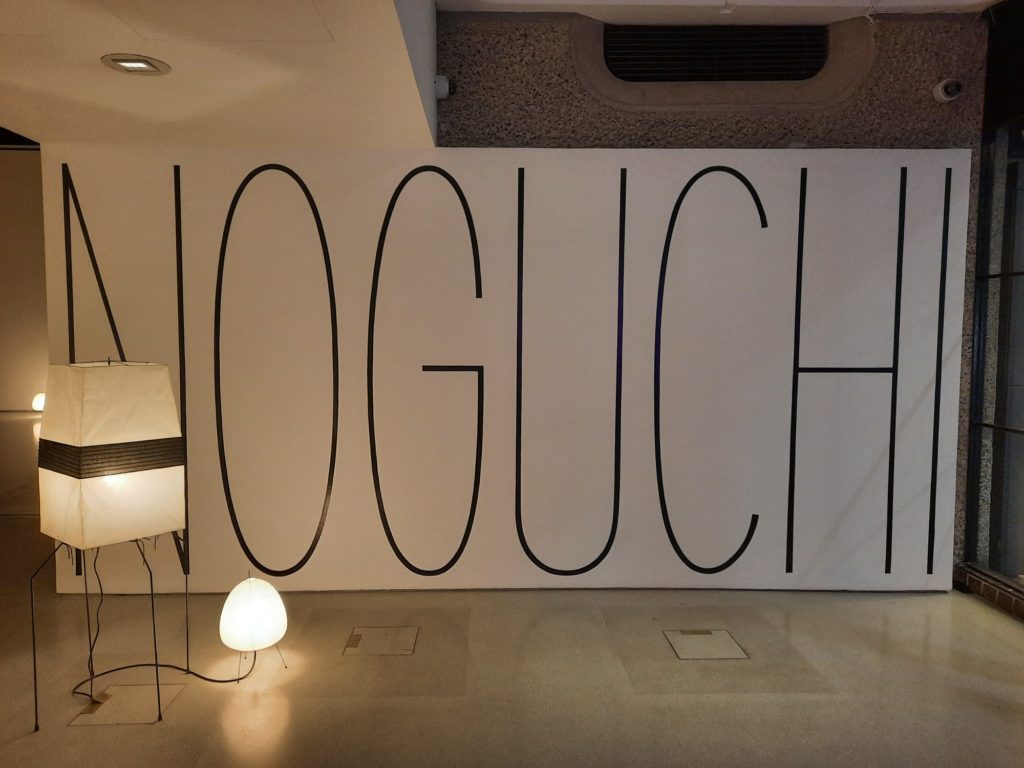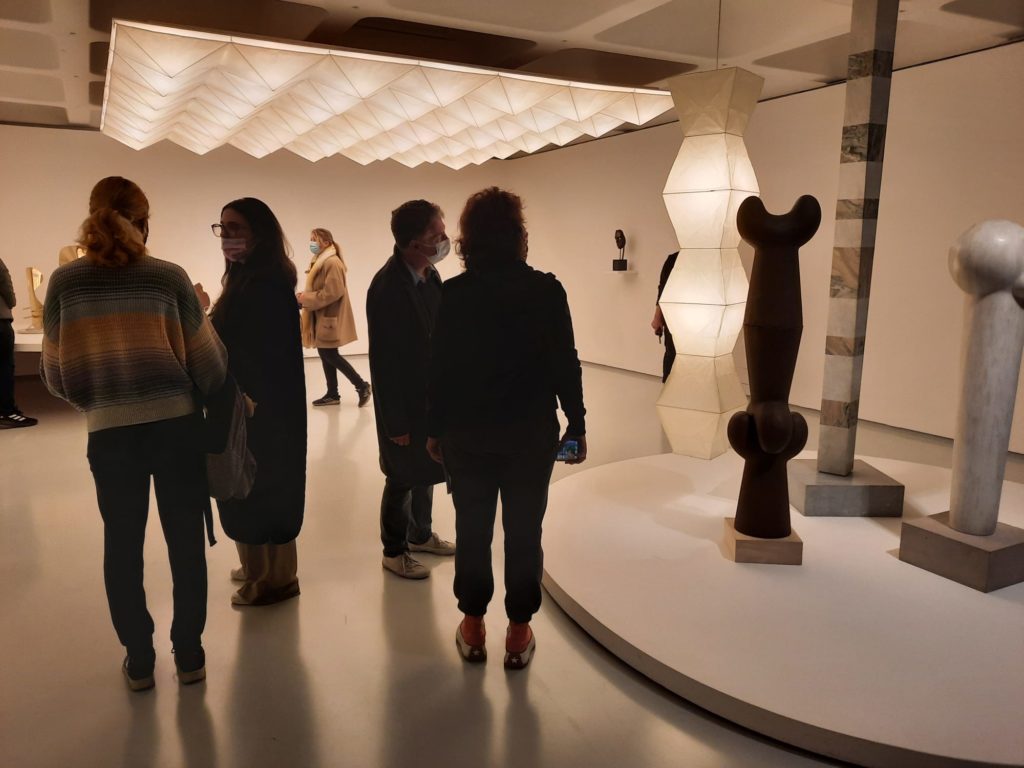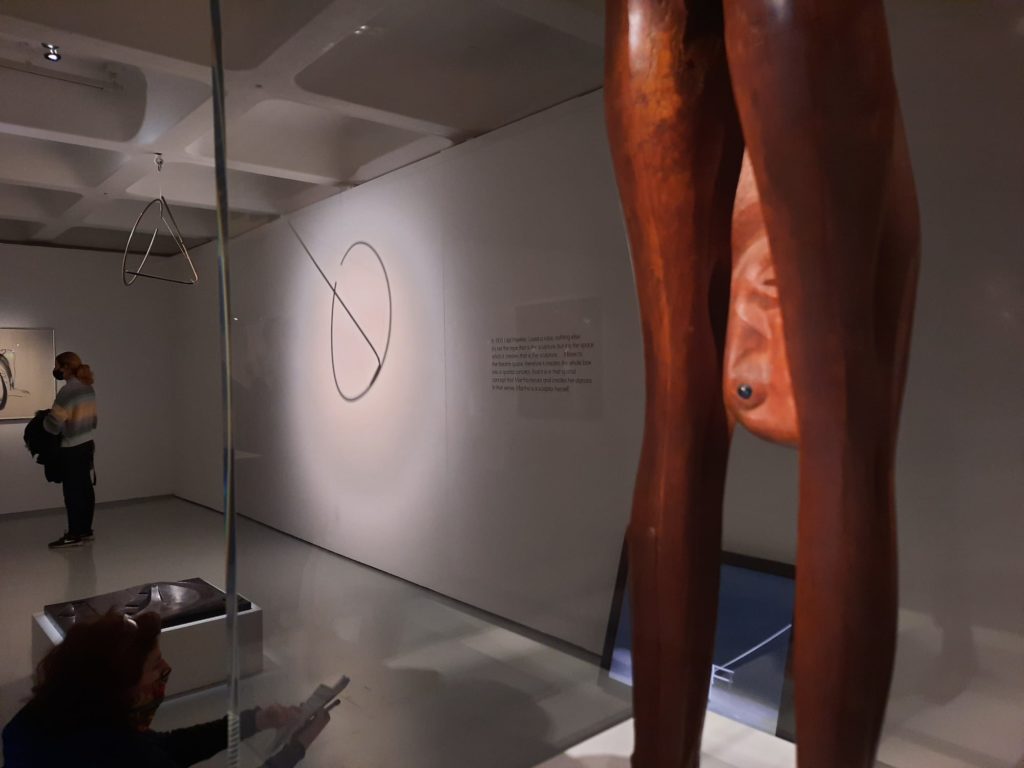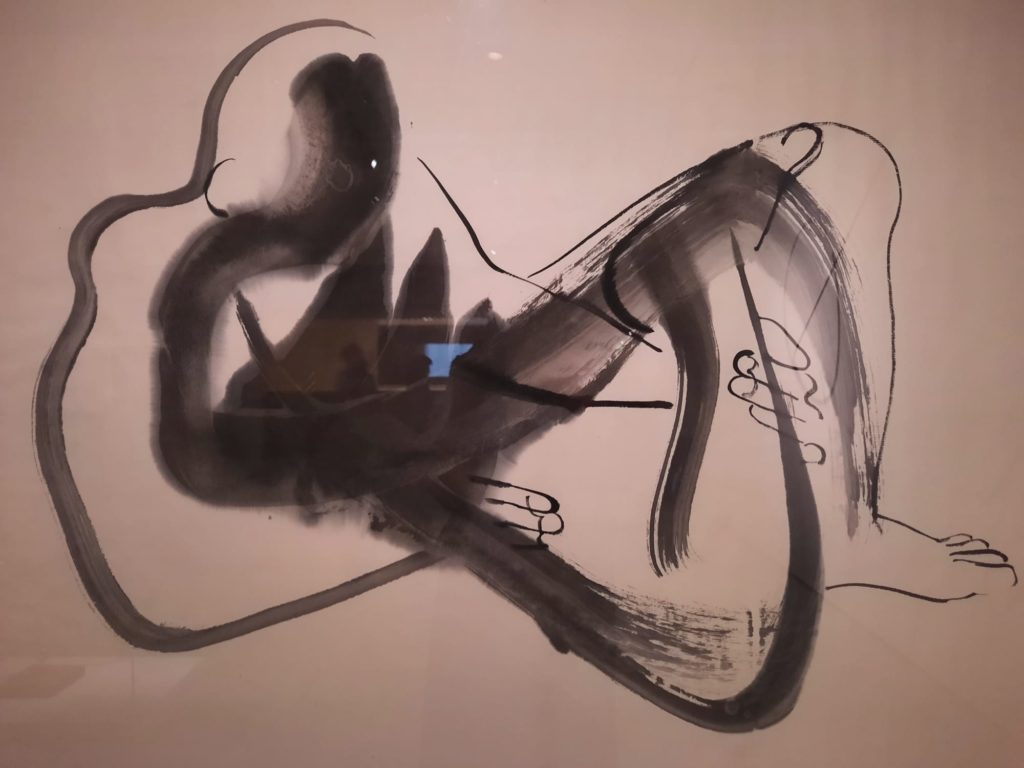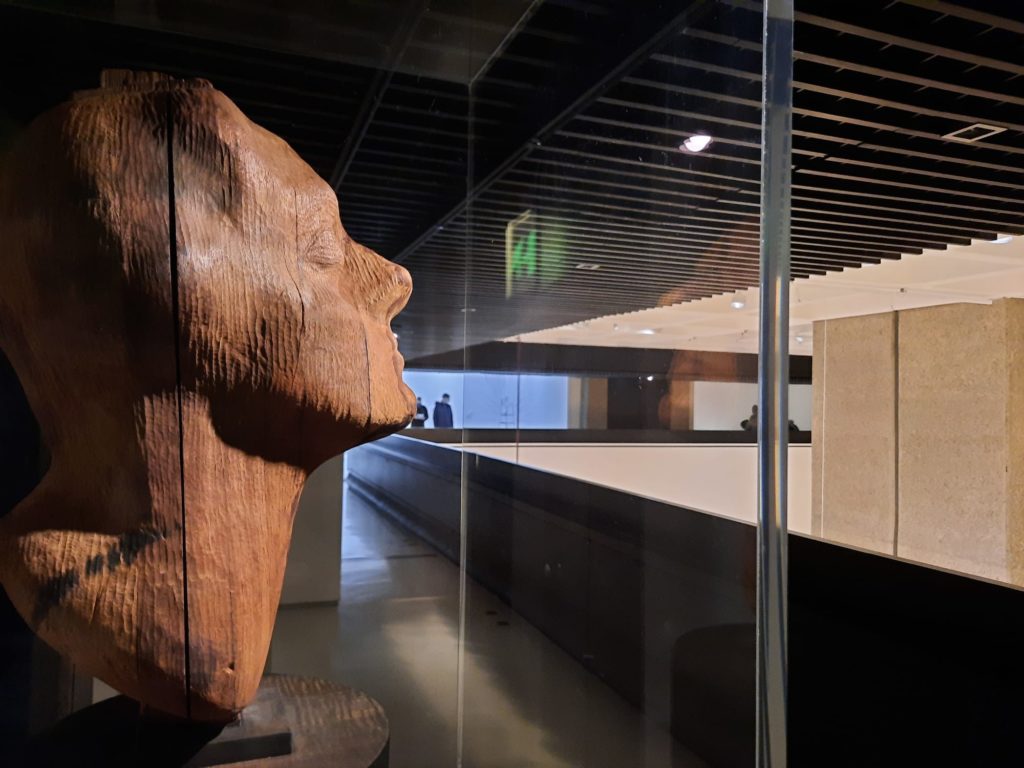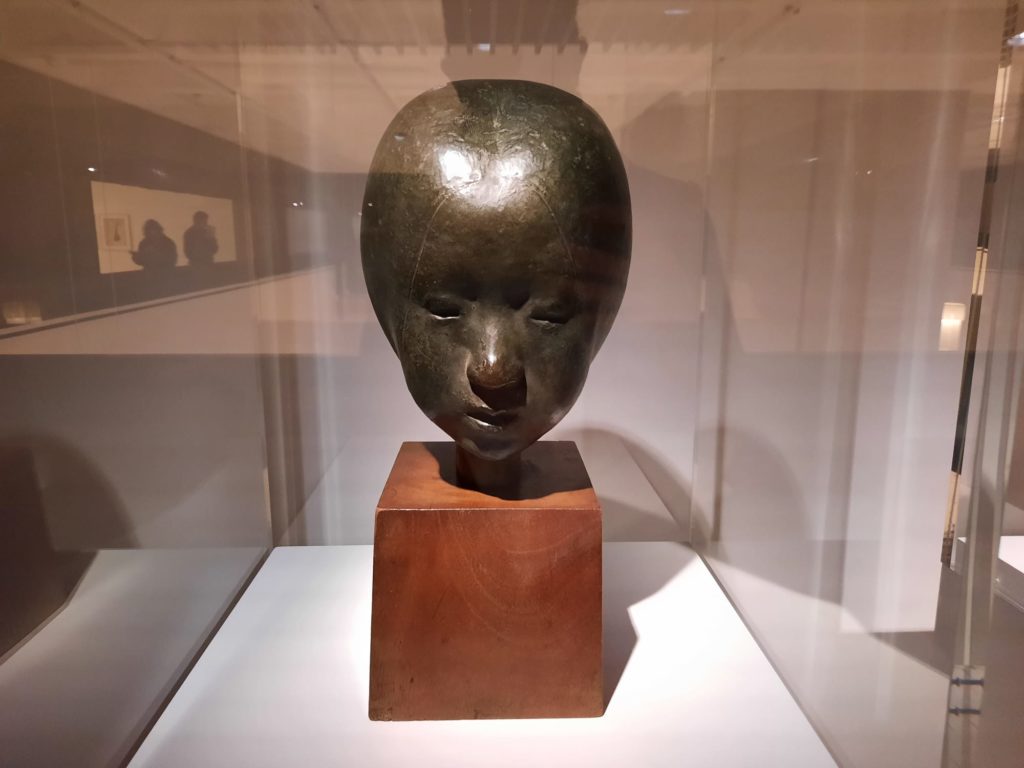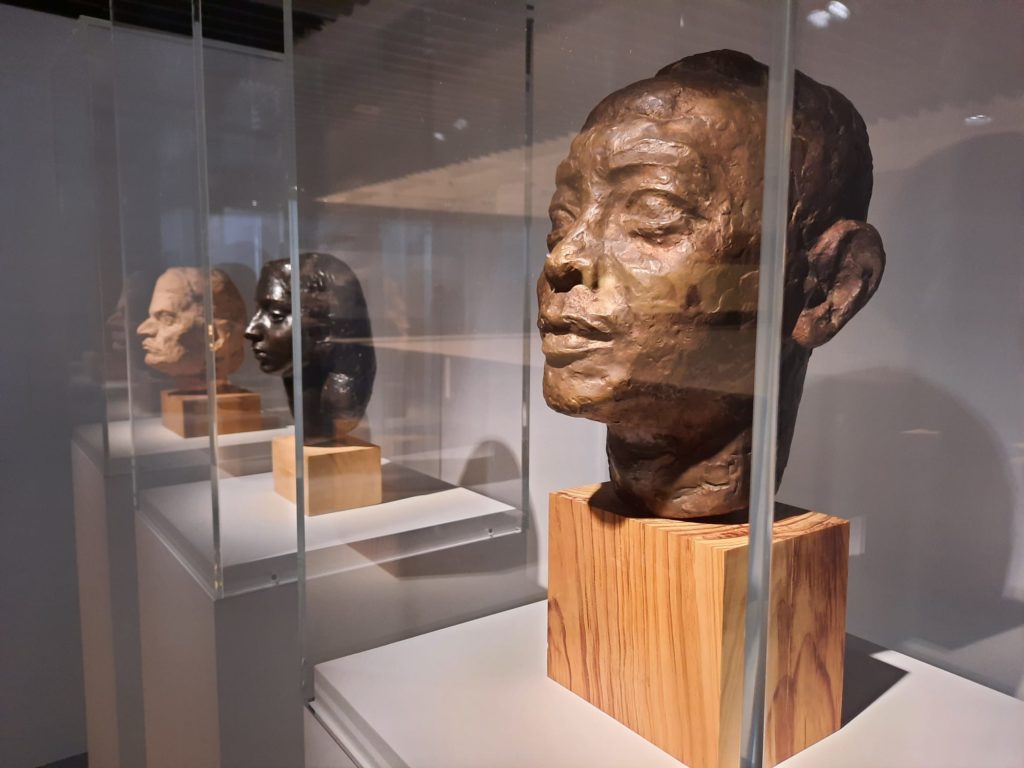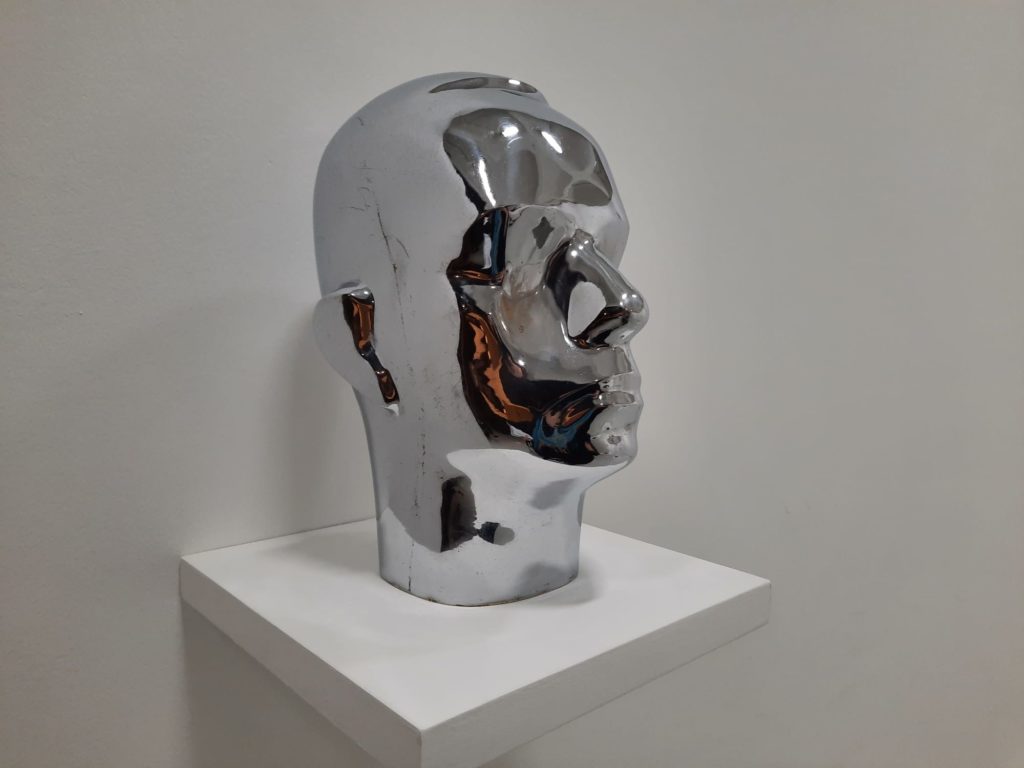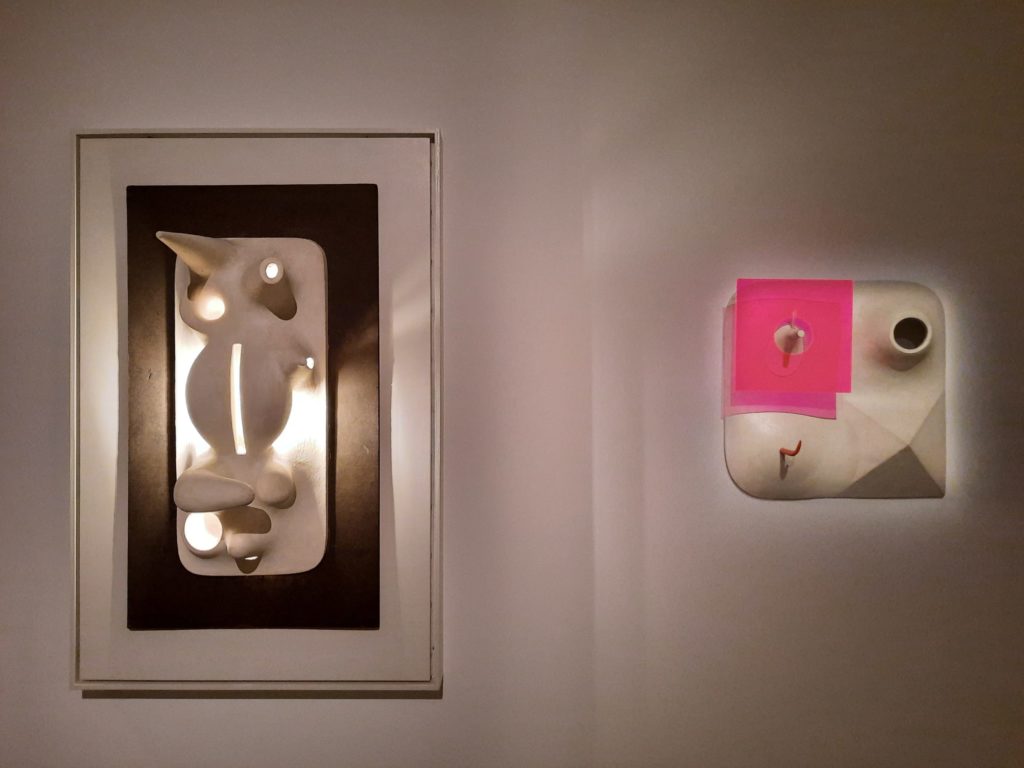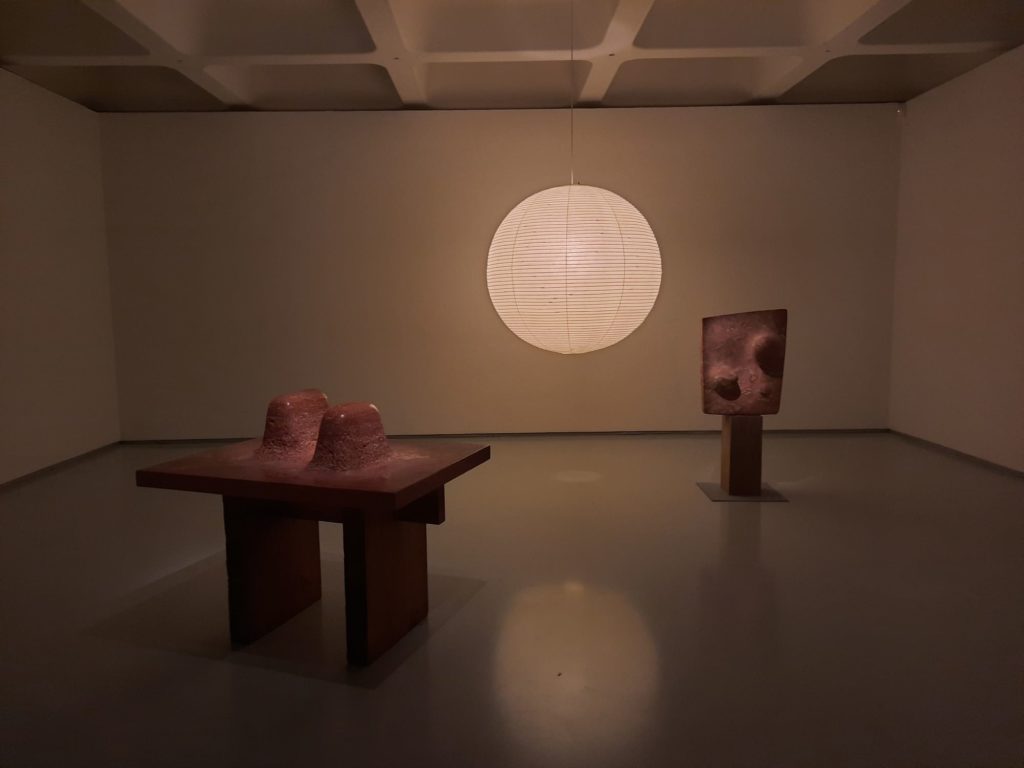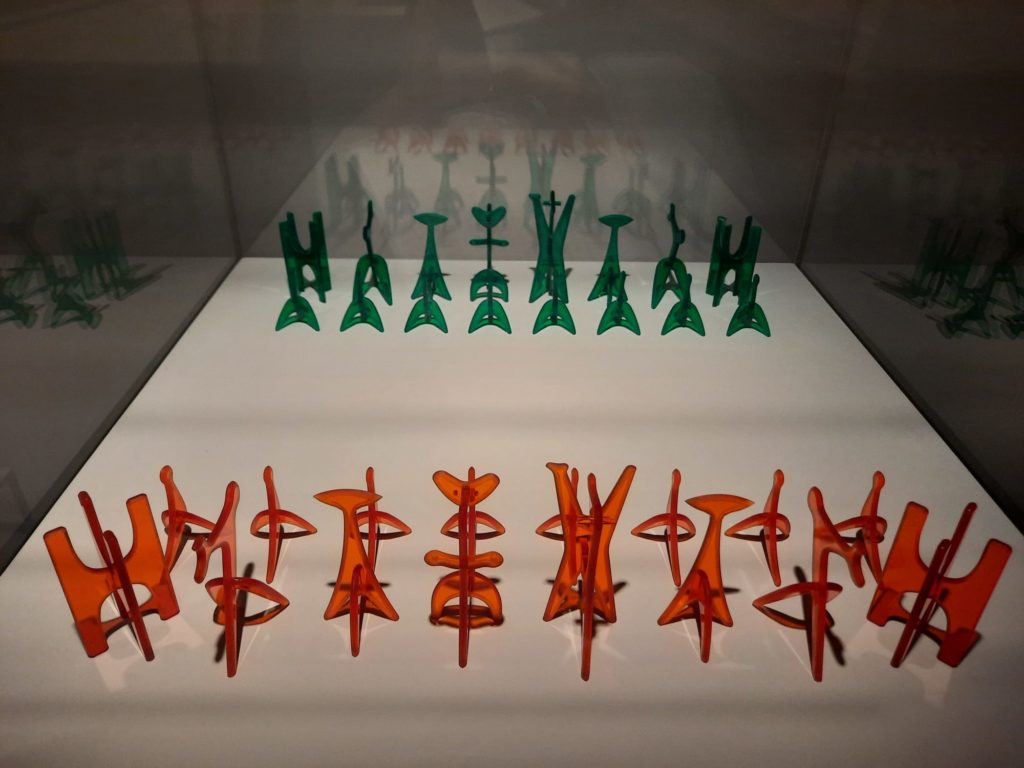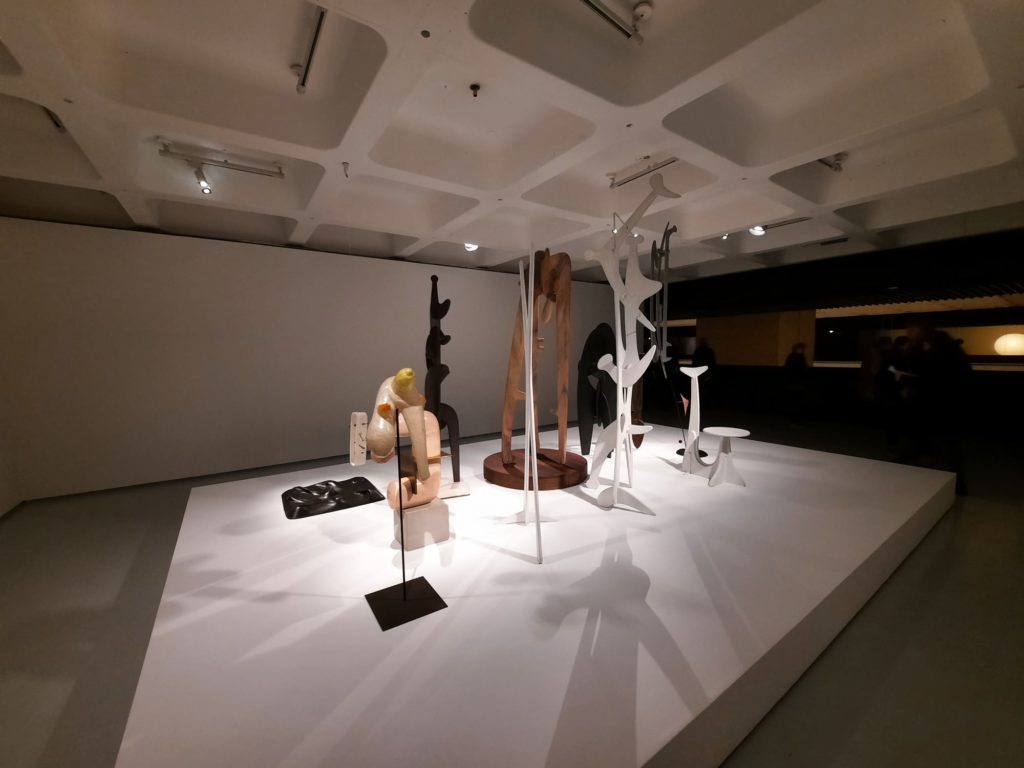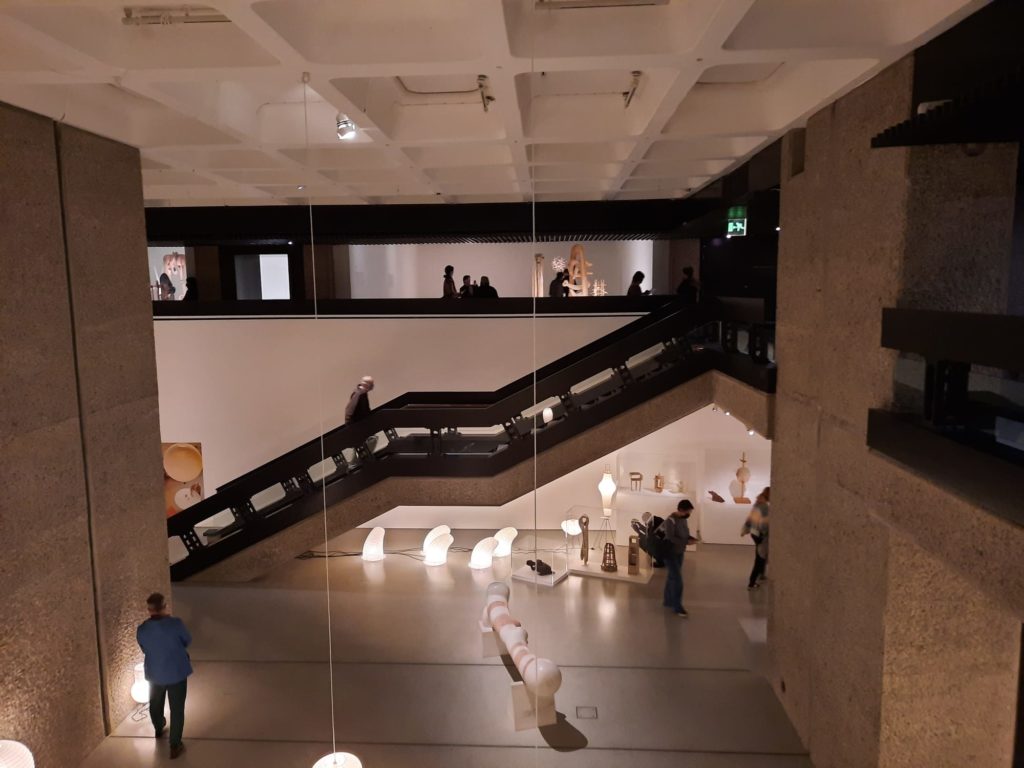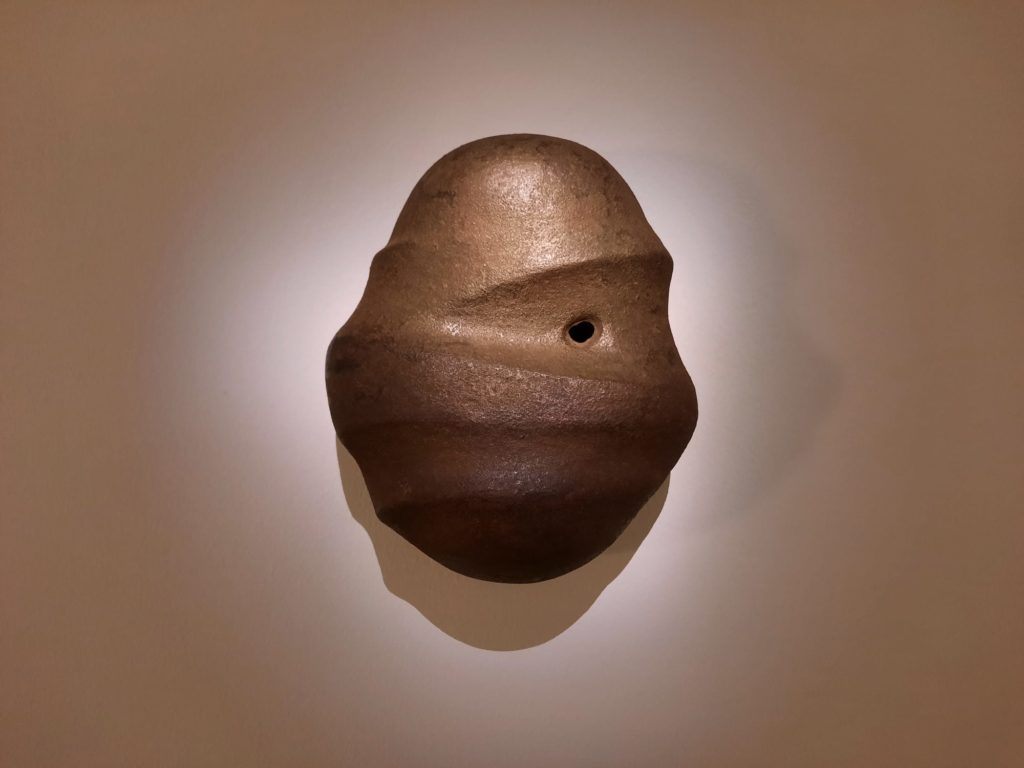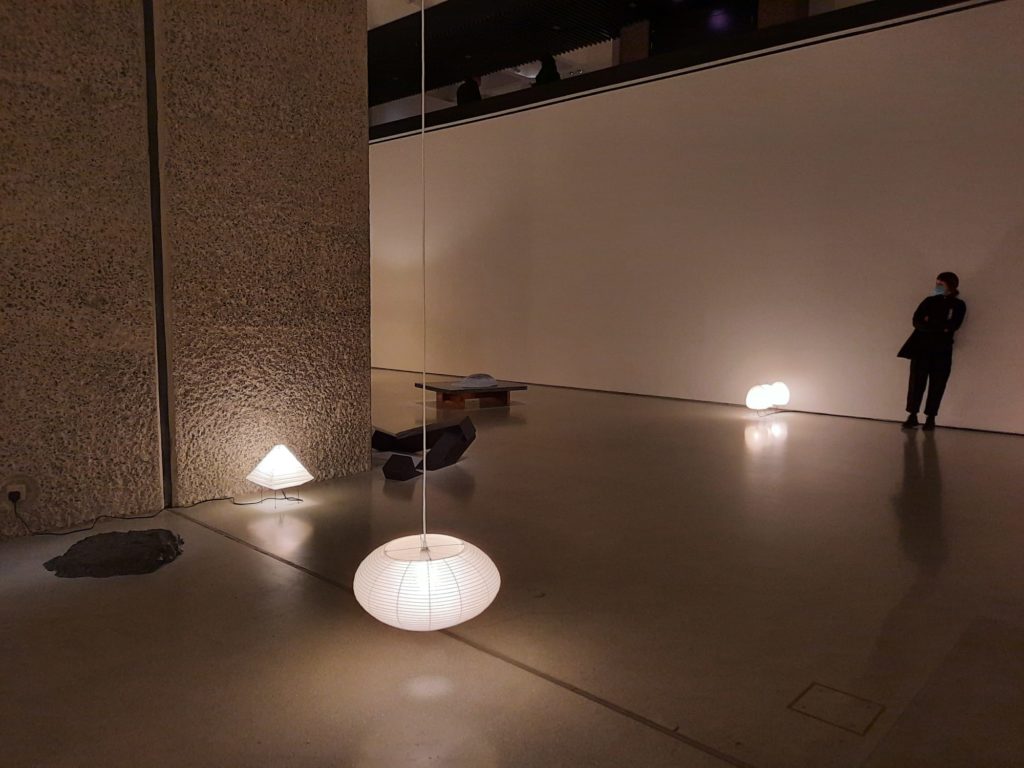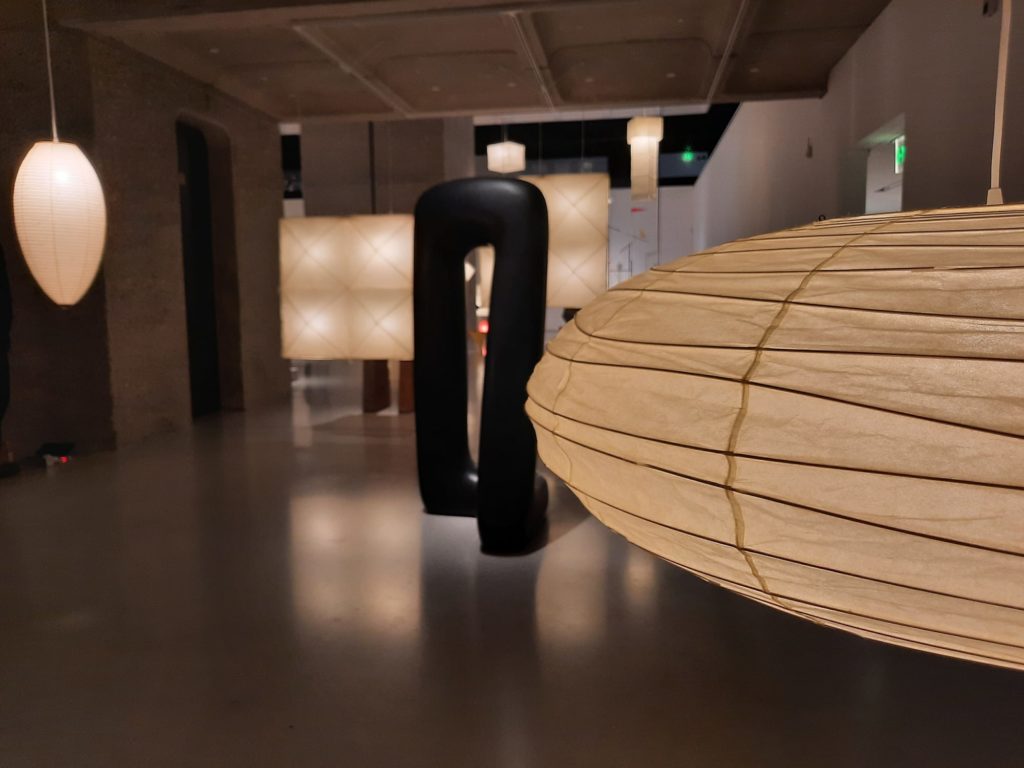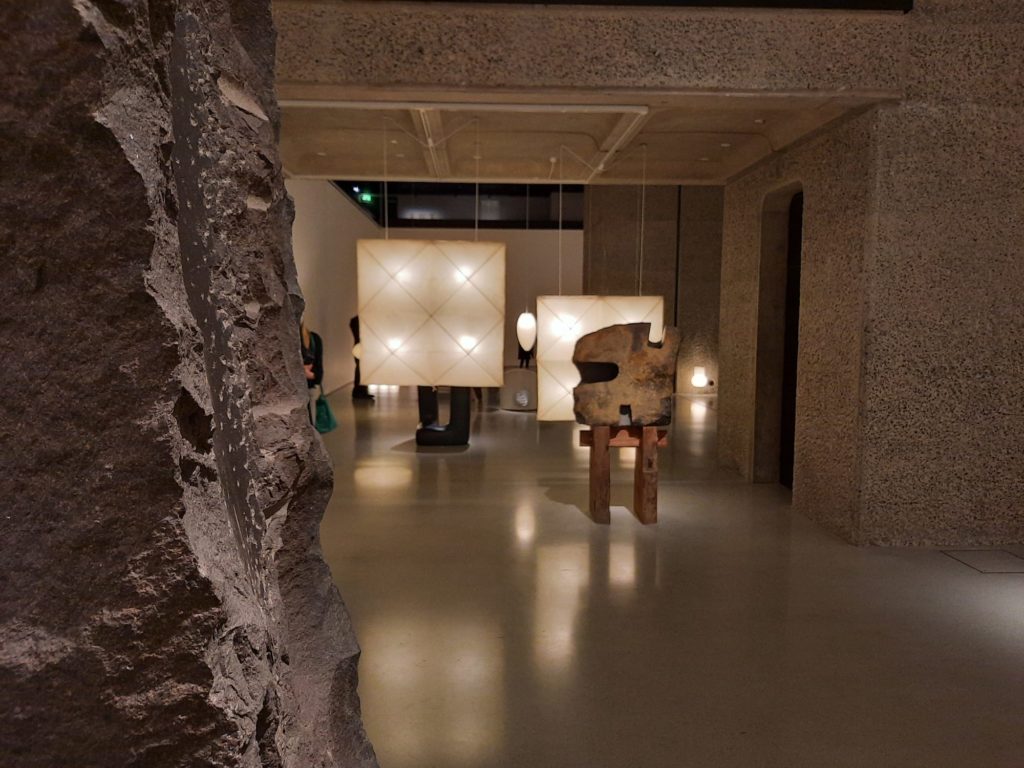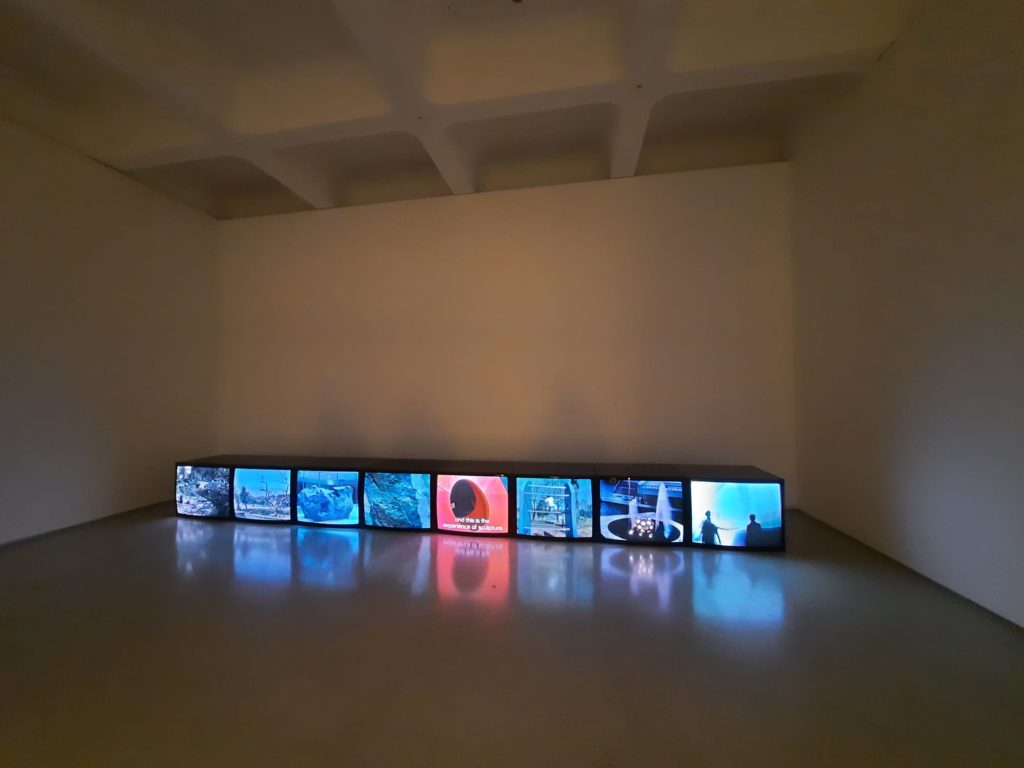Noguchi – Barbican, London
A review of Noguchi, the large-scale retrospective now on at the Barbican. An insight into the varied work of sculptor and designer Isamu Noguchi.
Isamu Noguchi
Isamu Noguchi is an interesting figure in 20th Century art. And if you haven’t heard of him before, listen up. Born in 1904 to a Japanese poet father and American writer mother, his complicated childhood was spent between Japan and the USA. Throughout his life Noguchi spent time in both countries and remained connected to both cultures, going so far as to voluntarily enter an internment camp during WWII.
Both Japanese and American traditions in art and craft had an impact on Noguchi’s own style. Yet we see in this exhibition that he is most comfortably placed as a modernist. He began his artistic training in New York, and then went to Paris in 1927 on a Guggenheim Fellowship. In Paris he studied under Constantin Brancusi, an influence which is very clear in his early works on display. Over his career Noguchi worked primarily as a sculptor in a wide range of media. We also see some of his works on paper, designs and finished products in public art (playgrounds, commissions for fairs and exhibitions, etc.), and furniture designs.
It is in this design capacity that Noguchi has popped up on the Salterton Arts Review before. We saw some of his collaborations with Charlotte Perriand in her retrospective earlier this year at the Design Museum. The larger downstairs space of the Barbican’s exhibition galleries pairs these design works – particularly lighting – with more of Noguchi’s sculptures. The overall effect is to present Noguchi as something of a polymath, but a sculptor in the traditional sense first and foremost.
Getting To Know Noguchi
What struck me first and foremost in the Barbican’s Noguchi was just how adept Isamu Noguchi was in different media. We see his early Brancusi-esque sculptures in brass; an ultra-modern chromed portrait bust; earthy sculptures in wood and stone; Akari lights/light sculptures in washi paper; ink on paper drawings; projects for land art and playgrounds; and finally design in the commercial sense, in objects like tables, Bakelite baby monitors and chess sets.
The flow of the exhibition is largely chronological but also somewhat thematic. Early portrait busts sit together, showing Noguchi’s ability to capture likenesses in wood, metal and terracotta. In another room, we see the influence of Buckminster Fuller on Noguchi’s humanist beliefs in technology and progress. This thematic/chronological approach is very well executed to build a picture of the man behind the artist; what was important to him, the circles he moved in, and why he held the values that he held.
One aspect which interested me and which I think could have done with a bit of expansion is the separation between Noguchi’s American and Japanese artistic practices. I know from an interesting book I read recently that there are artists’ museums dedicated to Noguchi in both Queens, New York, and Takamatsu, Japan. There are a few brief mentions in the exhibition of concepts that are very interesting, for example that the artist only ever created ceramics in Japan, stating “I think the earth here and the sentiment here are suited to pottery.” I would have liked to learn more about how geography and heritage influenced what he created.
Final Thoughts
I enjoyed this exhibition quite a lot. More, perhaps, than I had expected based on some early reviews that gave me the impression it would be a bit like a high end designer furniture studio. I have to say I got a bit more of this feeling in the downstairs space. It was all the Akari lights/light sculptures; I’ve lived in so many rented flats over the years that I can’t see a paper lightshade and separate it from those associations. Not Noguchi’s fault by any means, he has clearly had a big impact on simple, practical lighting designs!
The last time I came to the Barbican Art Gallery I was railing against straightforward retrospectives at one of London’s more boundary-pushing art spaces. This time I’m not. I think Noguchi is not as widely known as he should be, and enjoyed this thoughtful and extensive overview of his work. Plus his sculptures and the soft lighting looks great in the Brutalist gallery space.
There are a few weeks left to catch this exhibition before it closes. I recommend it mainly to those who like a cool, mid-century modern vibe. And who like to uncover new artists to add to their mental art database. What will stay with me is an image of Noguchi as an embodiment of the interwar and WWII generation, an internationalist who for reasons of personal belief and heritage aspired to achieve peace and togetherness through his art. We could all aim so high.
Salterton Arts Review’s rating: 4/5
Noguchi extended until 23 January 2022
If you see this after your page is loaded completely, leafletJS files are missing.

